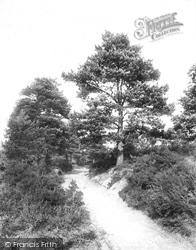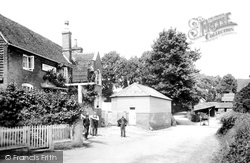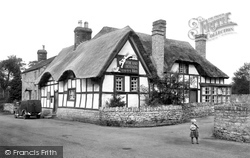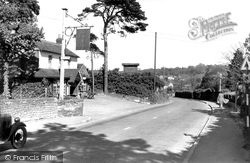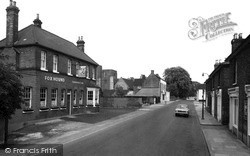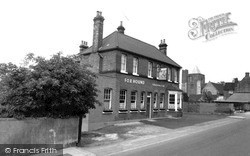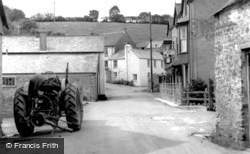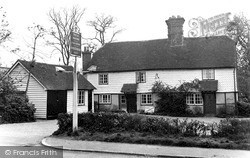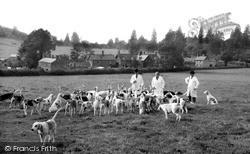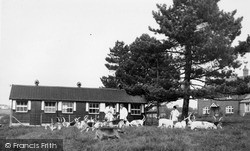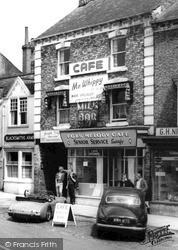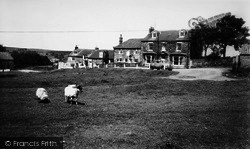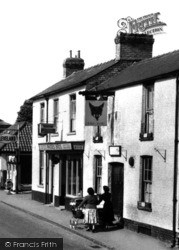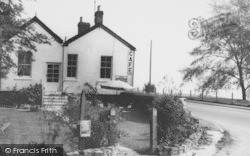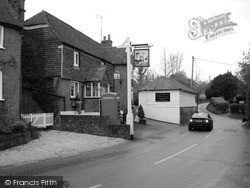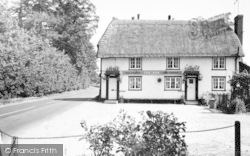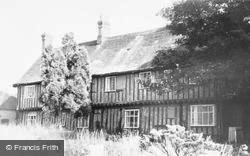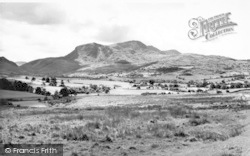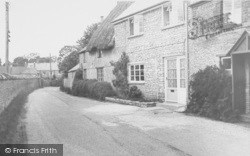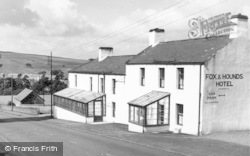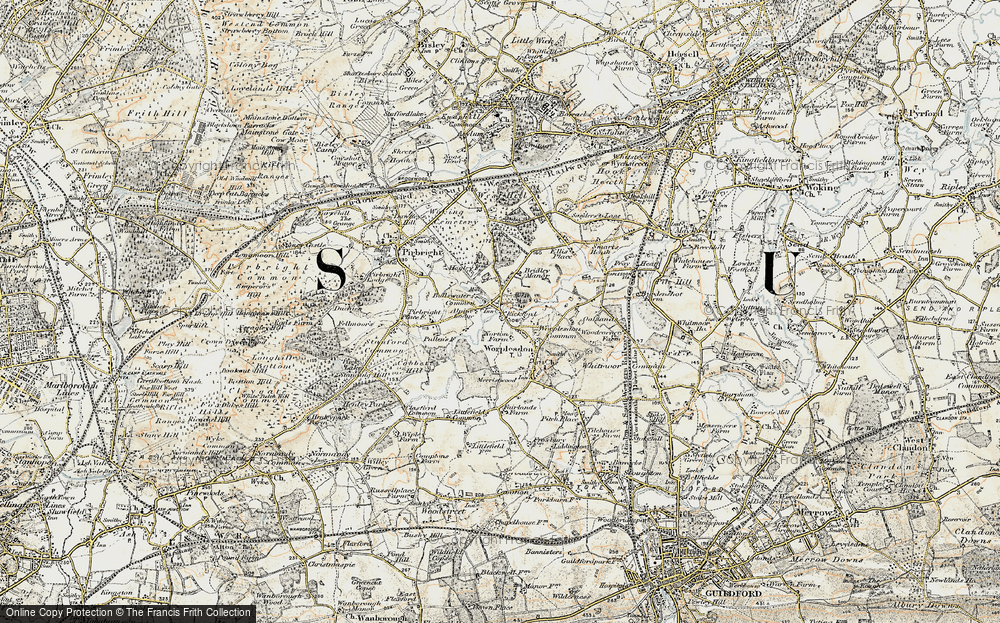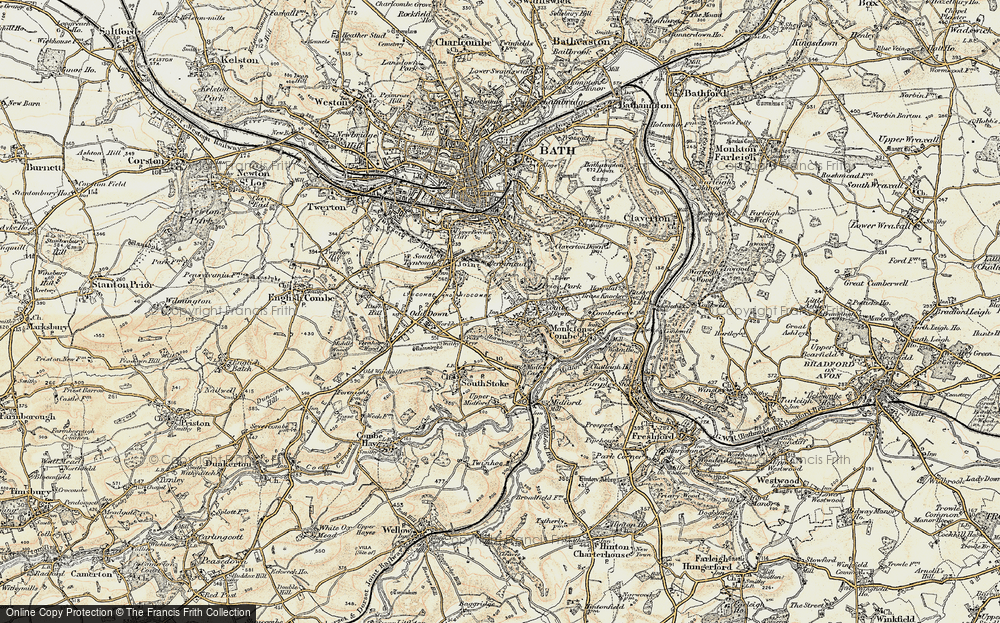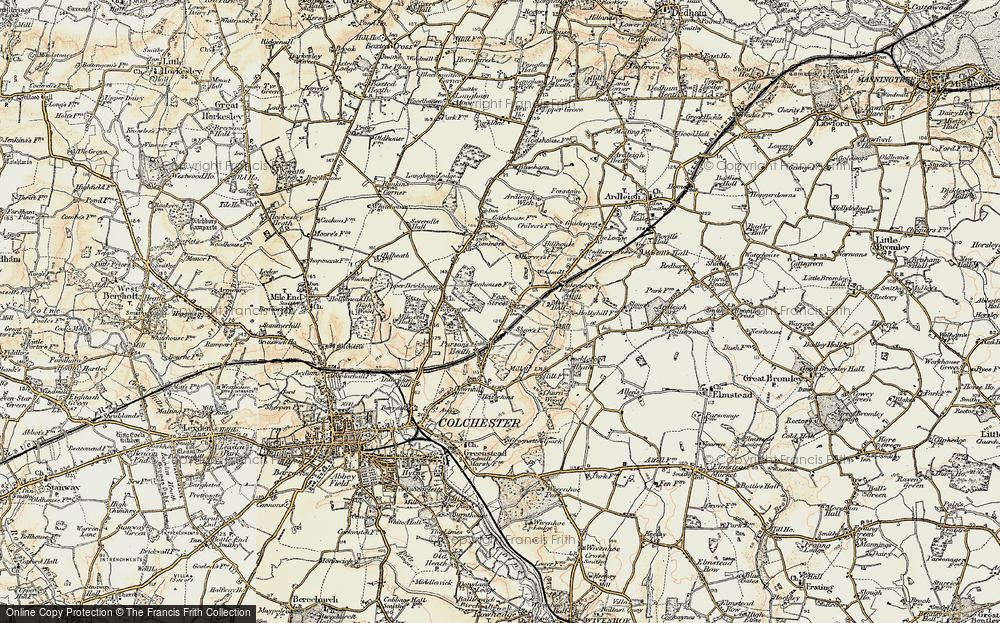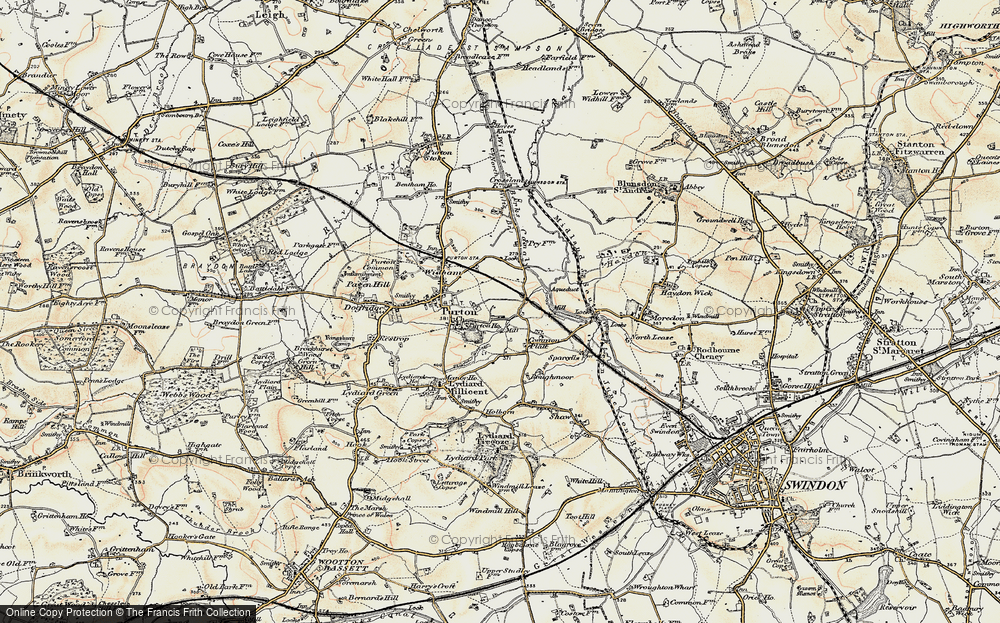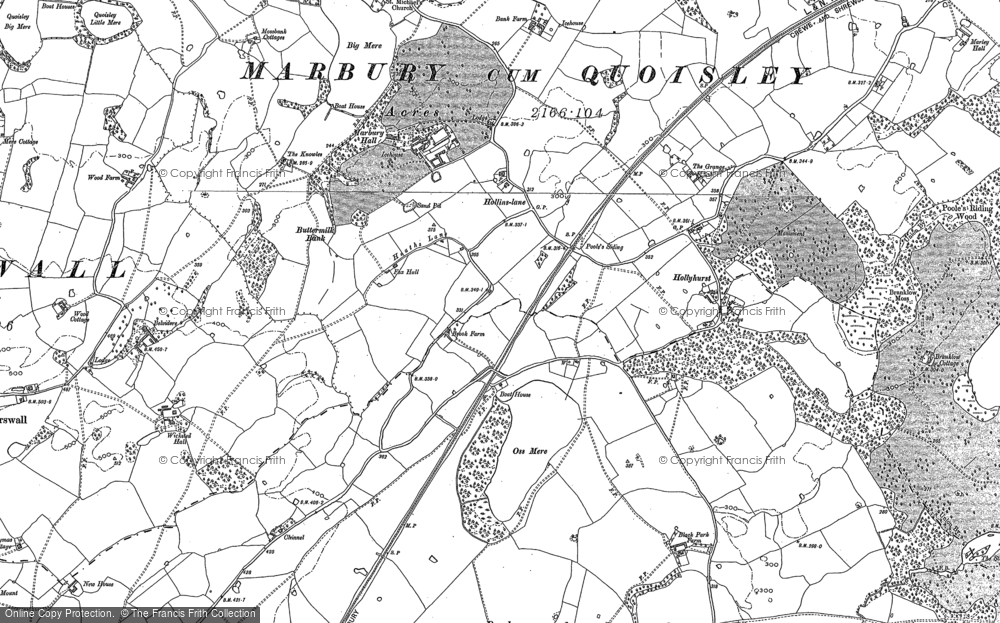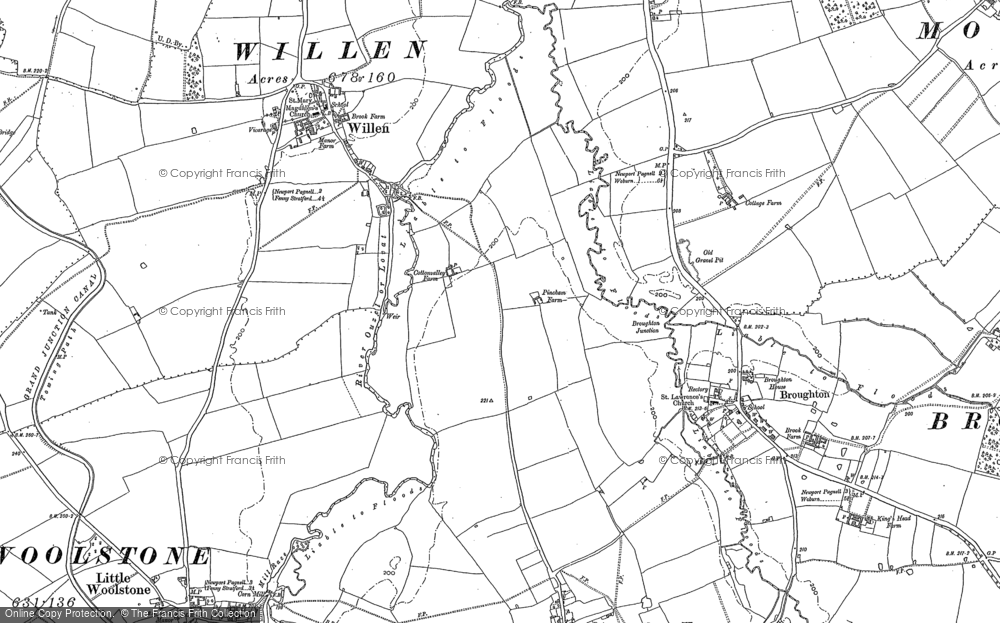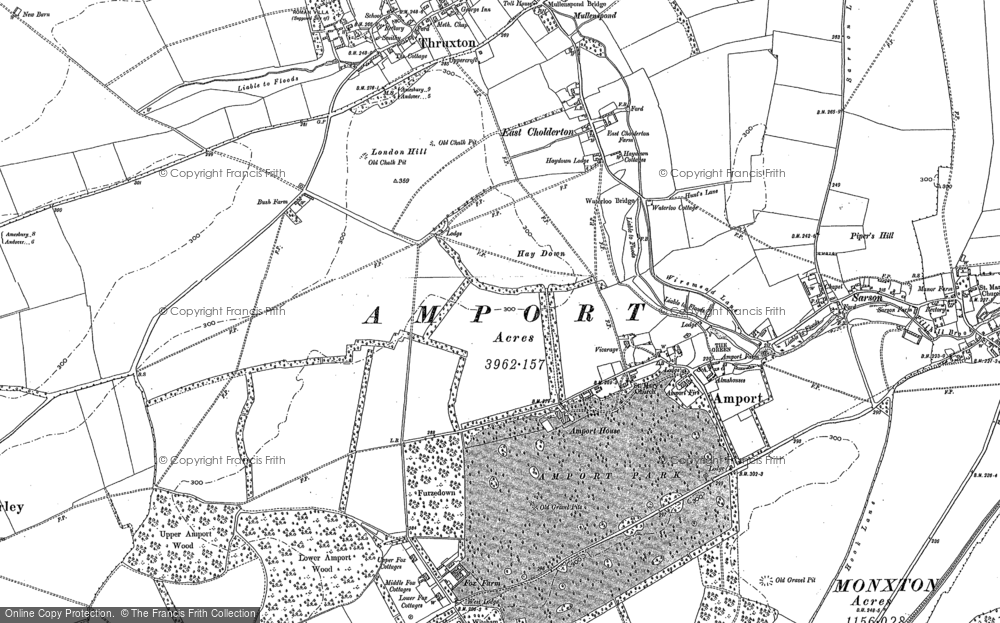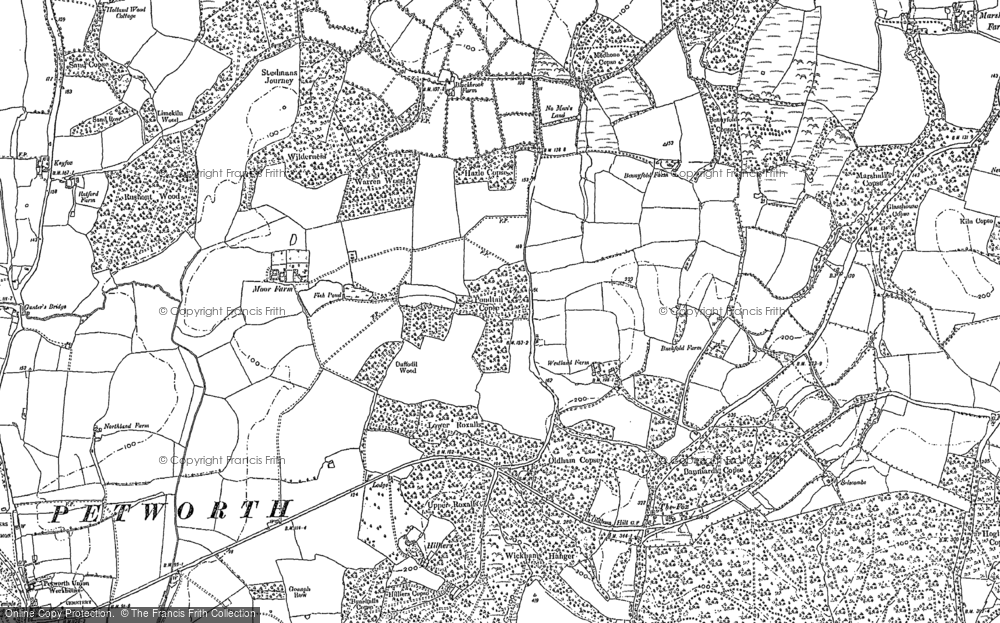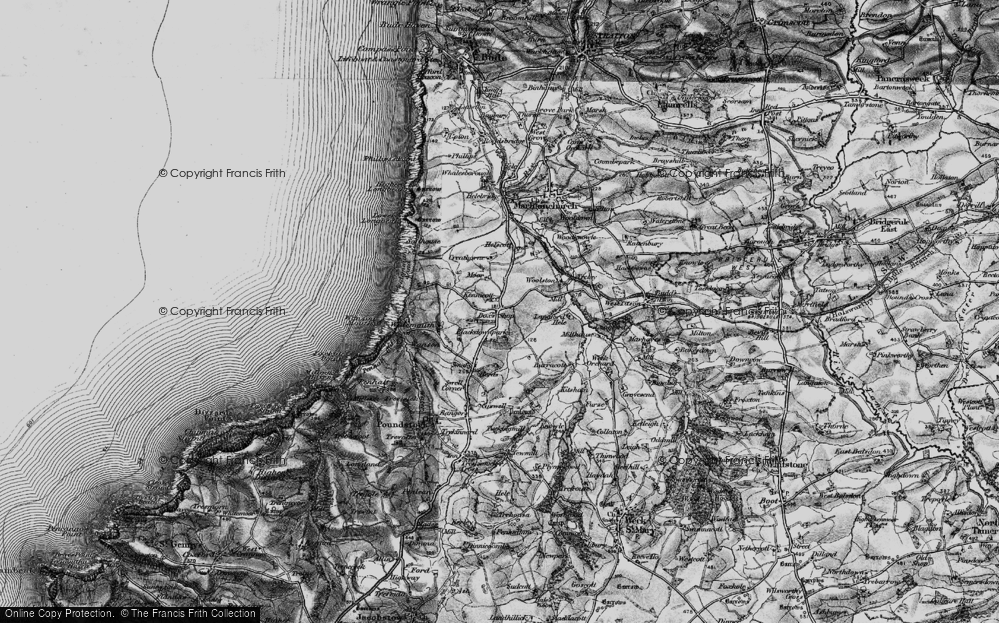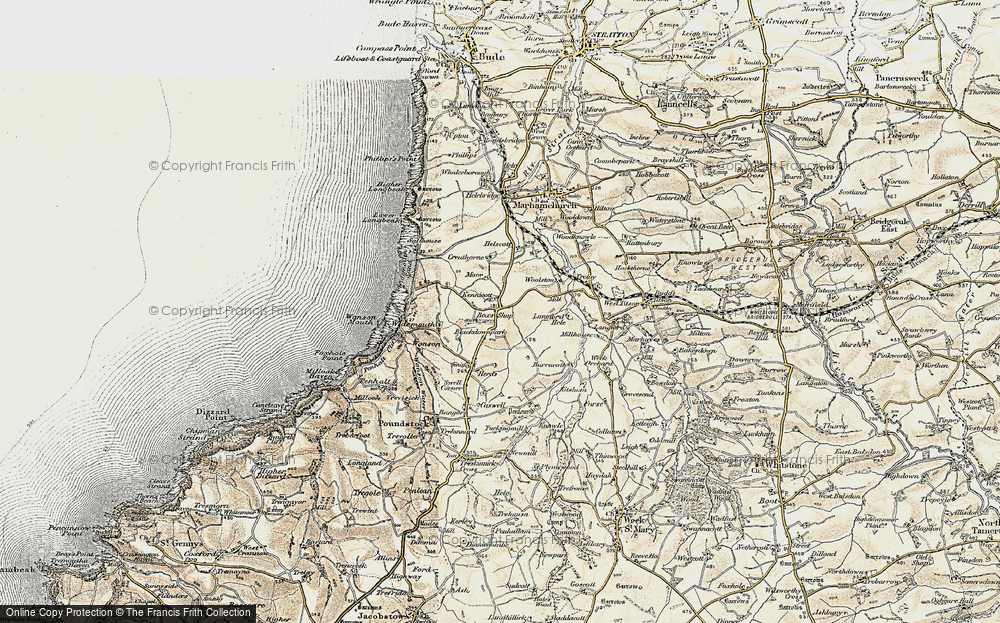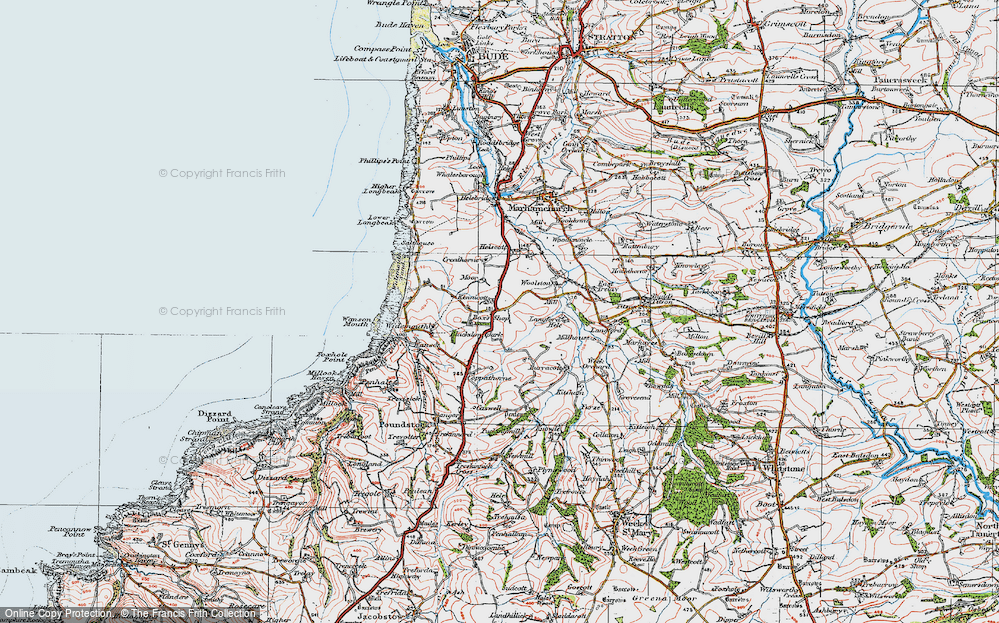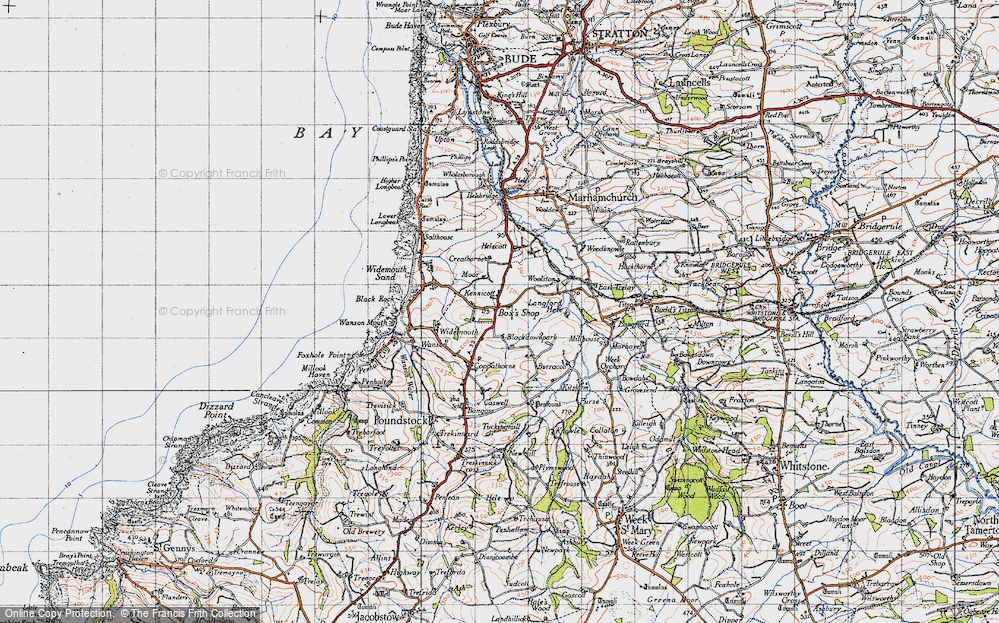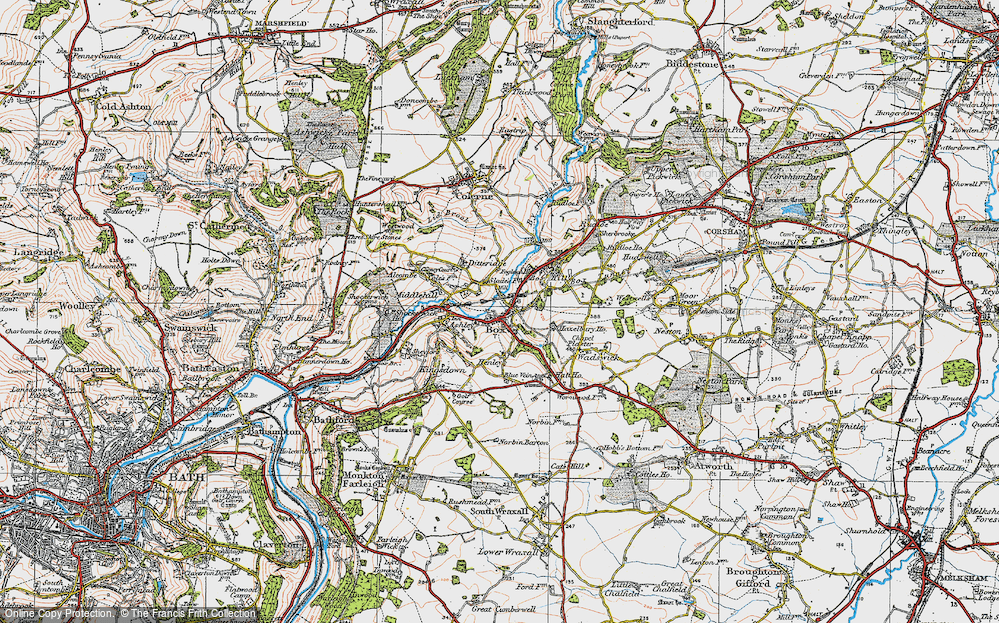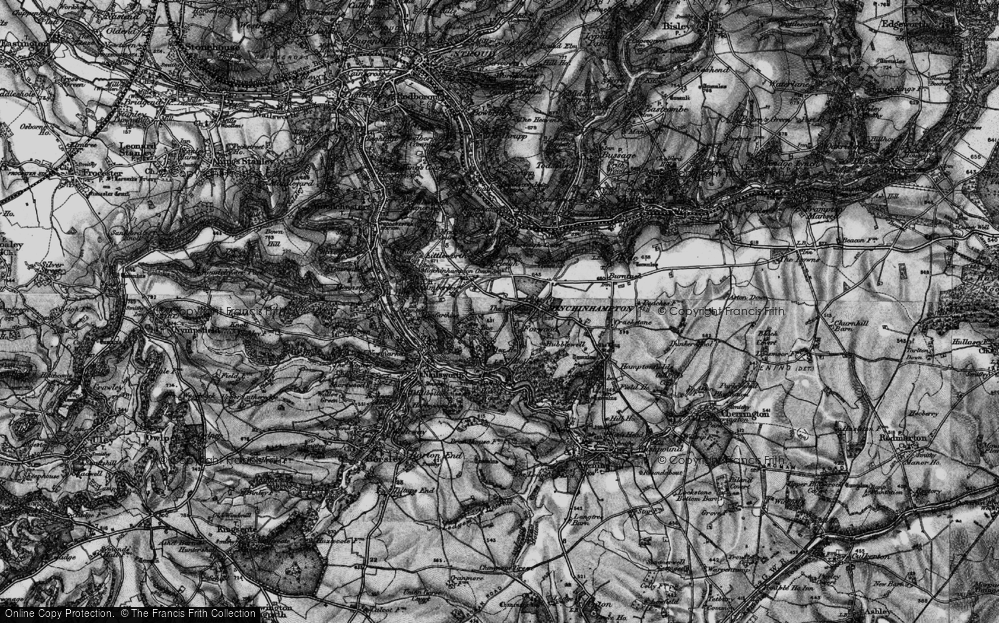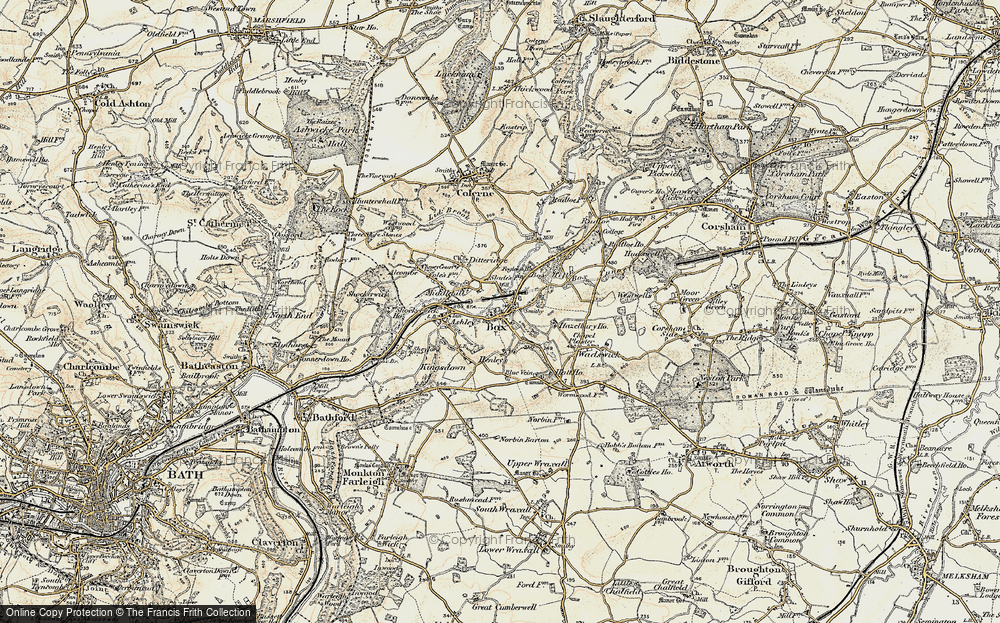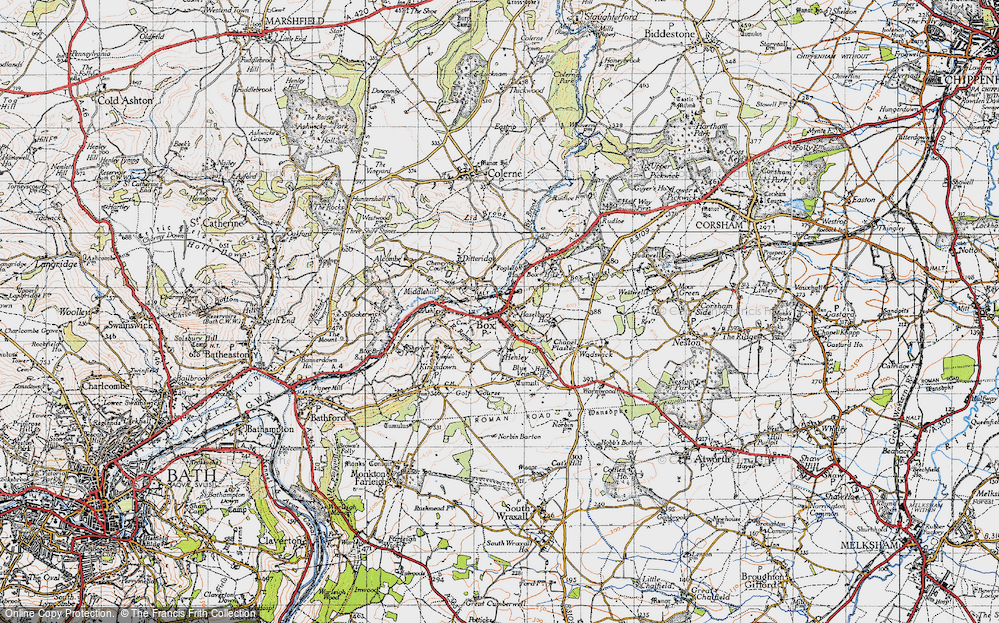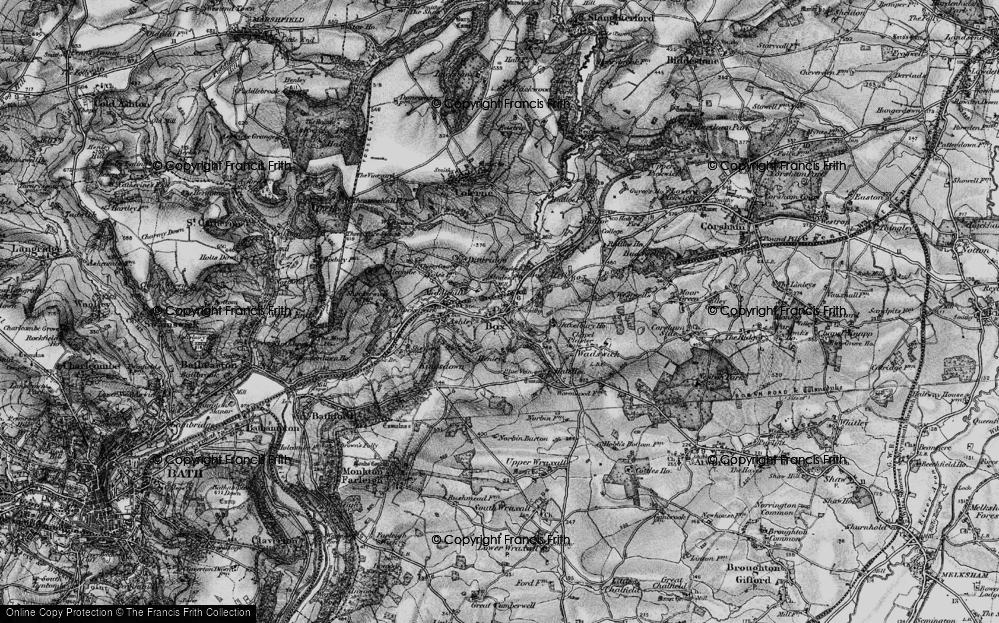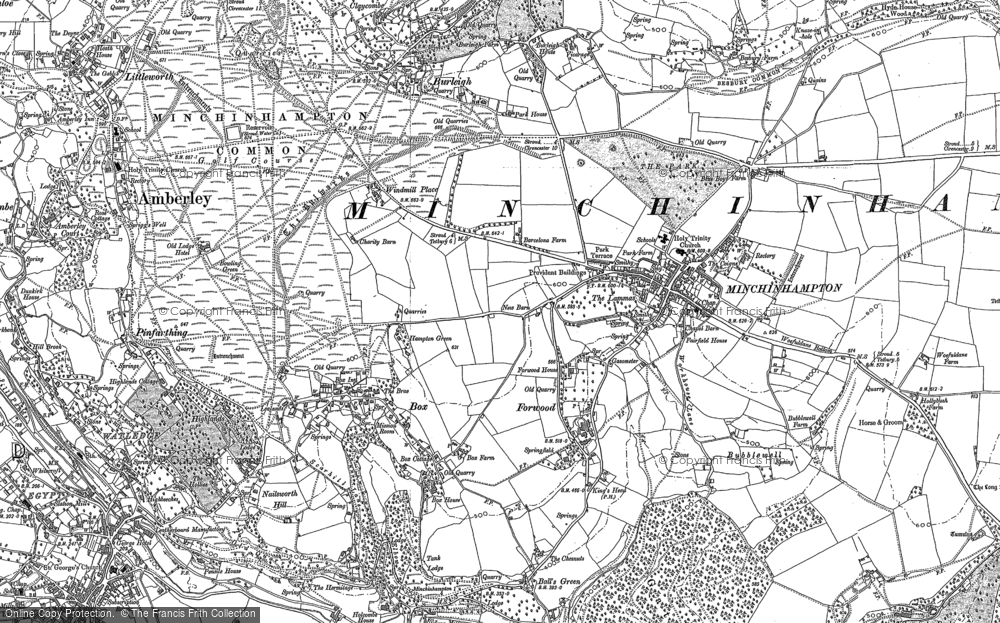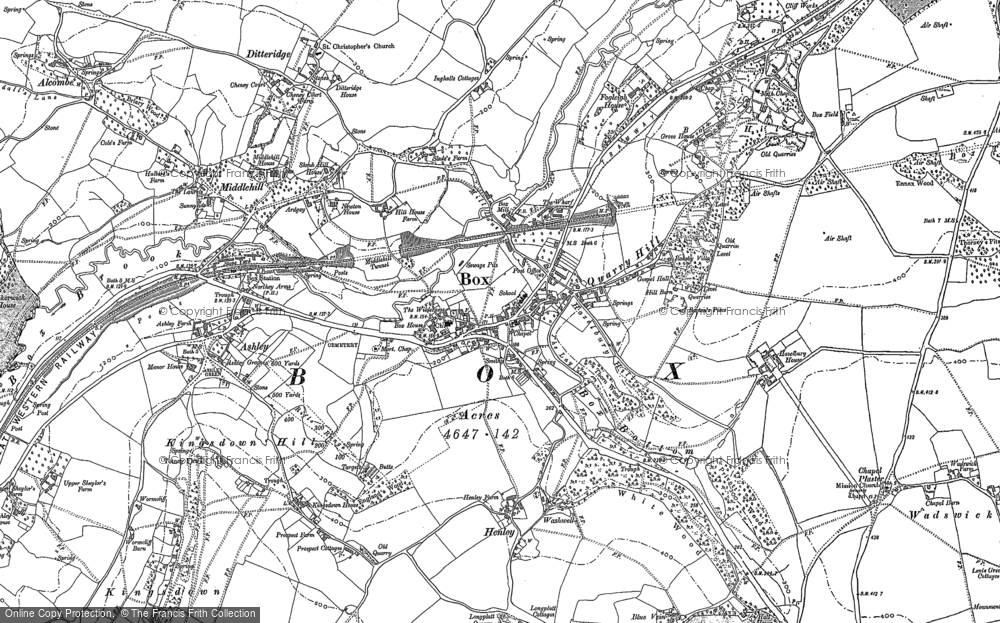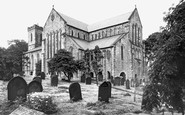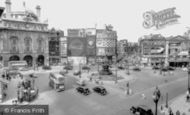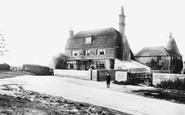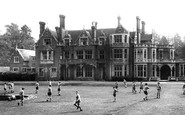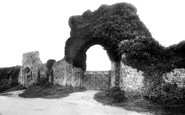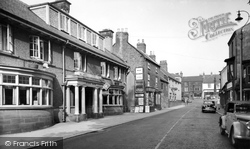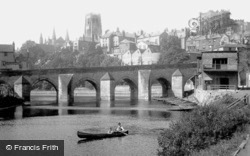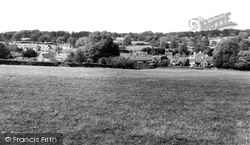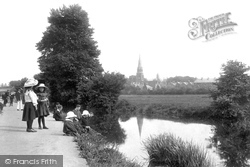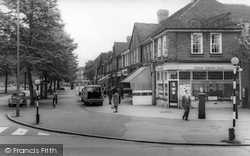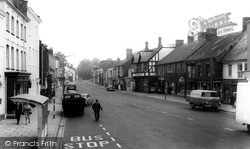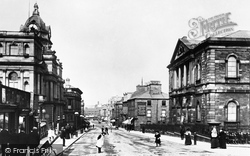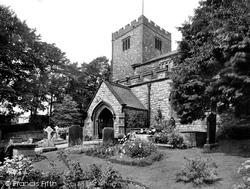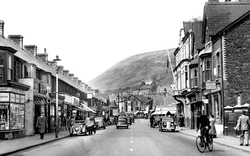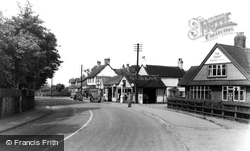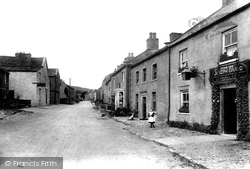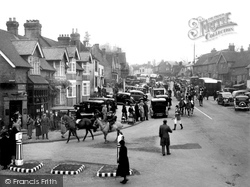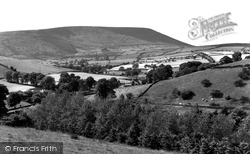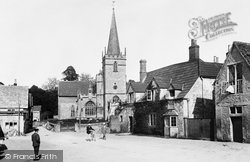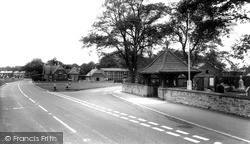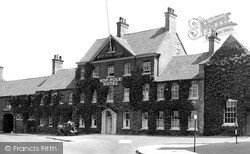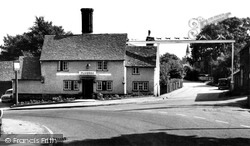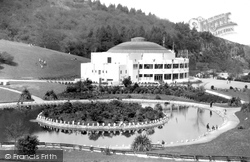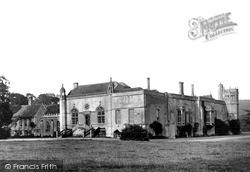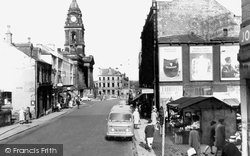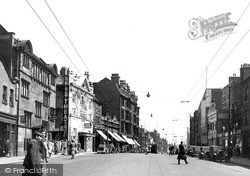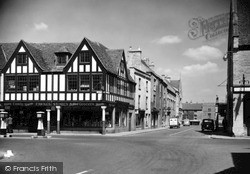Photos
186 photos found. Showing results 41 to 60.
Maps
108 maps found.
Books
37 books found. Showing results 49 to 72.
Memories
837 memories found. Showing results 21 to 30.
Turnford A Peaceful Place
I was born and grew up in a happy, peaceful village where everyone knew everyone else. My memories are of long walks in a beautiful countryside which could have been a million miles from London instead of an hour on a ...Read more
A memory of Turnford by
Songs Of Praise At Ecclesall Church
This was the church I went to as a child - mostly I had to go as a condition of attending Brownies, but it was always both imposing and comforting as a building and place of worship. However, the most ...Read more
A memory of Sheffield in 1961 by
Mixed Feelings
I first arrived in Llanegryn at the latter end of 1939 along with my younger sister and a lot of other kids from my school (St Johns)in Birkenhead. I was eight years old at the time and my sister was six. We were all put into the ...Read more
A memory of Llanegryn in 1930 by
My Schooldays 1952 54 Near Skipton
My Grandparents lived at 26 Otley Street in Skipton from the 1940 ( or earlier ) and I had first visited them in 1945 after VE day, They were Thomas Henry Jackson, my Grandmother Charlotte Jackson and their ...Read more
A memory of Skipton in 1952 by
London,Piccadilly Circus 1951 1955
I was a young Constable in the year 1951, and fresh from Peel House, Westminster was assigned tio the Savile Row station known as CD. I lived at the Section House on Broadwick Street, Soho named after Lord ...Read more
A memory of London in 1951 by
Whitethorn Morris At Letchmore Heath
The Three Horseshoes is an attractive pub facing the village green and the war memorial at Letchmore Heath, a beautiful place between Elstree and Aldenham just outside Watford. This pub regularly attracts ...Read more
A memory of Elstree in 2006 by
Shops
Bryant's Post Office with Mrs Robson, a Queen Motherish figure always dressed in a black two piece, dishing out pensions, stamps and postal orders from the aloof position behind her cage. Duggie Bain's cobblers, the warm oily smell, ...Read more
A memory of Howden-le-Wear by
The Bower
I moved to the Bower in 1945 with my parents and two brothers. We lived there until 1952 when we imigrated to Canada. The road takes a fairly sharp turn to the right just in front of the house and on Guy Fox night we used to turn off all ...Read more
A memory of Hever in 1945 by
St Nicholas School
Formerly St Nicholas School. I attended St Nicholas School from 1952 until 1956. I have a photograph taken in 1955 where at the age of 7 I was on the football team, The sons of the singer Joan Regan attended the school and ...Read more
A memory of Mickleham in 1955 by
Dunwich Monastery Gateway
My earliest memory of Greyfriars in Dunwich was probably driving down the hill in my grandfather's old car in 1960 as he brought me to my new home at The Barne Arms Hotel. I had been at boarding school at Dollar in ...Read more
A memory of Dunwich in 1965 by
Captions
235 captions found. Showing results 49 to 72.
The Fox Inn dominates this view up Bow Street to the tall Market Cross, which we can just see at the head of Westgate in the distance.
It was repaired by Bishop Richard Fox between 1494 and 1501. During the floods of 1771 the bridge was badly damaged, and in 1804-05 the opportunity was taken to widen it.
These woods around Melbury Park lay at the heart of the Fox-Strangways family lands of the Earls of Ilchester.
The mills, which lie just outside the town, are owned by the Fox family and are still renowned for producing high quality flannel and material for nurses' uniforms.
At its western end, between Shaftmoor Lane and Fox Hollies Road, there is a parade of early 20th-century shops, and opposite there is a late 20th-century supermarket.
The mills, which lie just outside the town, are owned by the Fox family and are still renowned for producing high quality flannel and material for nurses' uniforms.
The Town Hall was built in 1888; it was completed in the October of that year to a design by Holton & Fox of Dewsbury, at a cost of £50,000.
In 1658, George Fox (founder of the Society of Friends, or Quakers) appeared here and argued with the parish priest, only to be violently ejected.
Port Talbot received its name from the Talbot family, who were related to the pioneer photographer, Fox Talbot.
The garage in the centre of the photograph has been demolished to make way for a new post office and convenience store, but the building in the foreground, the Cosey Social Club, still remains
On the left is the old Fox and Hounds Inn, next to the medieval Catheral
Here the photographer looks west along the High Street from the junction with Outwood Lane on the morning of a fox hunt - this type of scene was much favoured for Frith postcards.
The ancient name for the village is Barelegh (meaning 'wasteland'), but lush meadows now support flocks of sheep.
Lacock was given to the National Trust in 1944 by descendants of William Fox Talbot, who lived at Lacock Abbey between 1800 and 1877.
St Nicholas's lych gate was used as a resting place for coffins before burial. In the opposite corner is the village school founded by the gift of £180 from a tailor, James Thistleton.
North-east of the church is the Hop Pole Hotel, a good 18th-century coaching inn that also catered for visitors to the great Dukeries mansions.
One of two Hertfordshire inns with cross-street signs (the other is the Four Swans at Waltham Cross), the Fox and Hounds moved to its present site in 1955 after a disastrous fire at the old building in
It looks as if it was intended for Portrush, and is an enthusiastic example of the architecture of the time.
Port Talbot got its name from the Talbot family, who were related to the pioneer photographer, Fox Talbot.
Sharington's Tower (right) was the strong room for valuables, and its ornamented balustrade is noteworthy.
It was built in 1895 by G A Fox, with a portico formed of six composite columns. Until recent times textile mills jostled the building.
It was built in 1895 by G A Fox, with a portico formed of six composite columns. Until recent times textile mills jostled the building.
On the left, the old Turkish Baths (the 1890s building with the columns to the top floor) and the florid News Theatre beyond were demolished in 1962 to make way for an eight-storey office block.
'Chipping' is the Anglo-Saxon word for 'market', and the fairs were once 'mops', at which farm and domestic servants sold their labour to an employer for the year ahead.
Places (11)
Photos (186)
Memories (837)
Books (37)
Maps (108)


